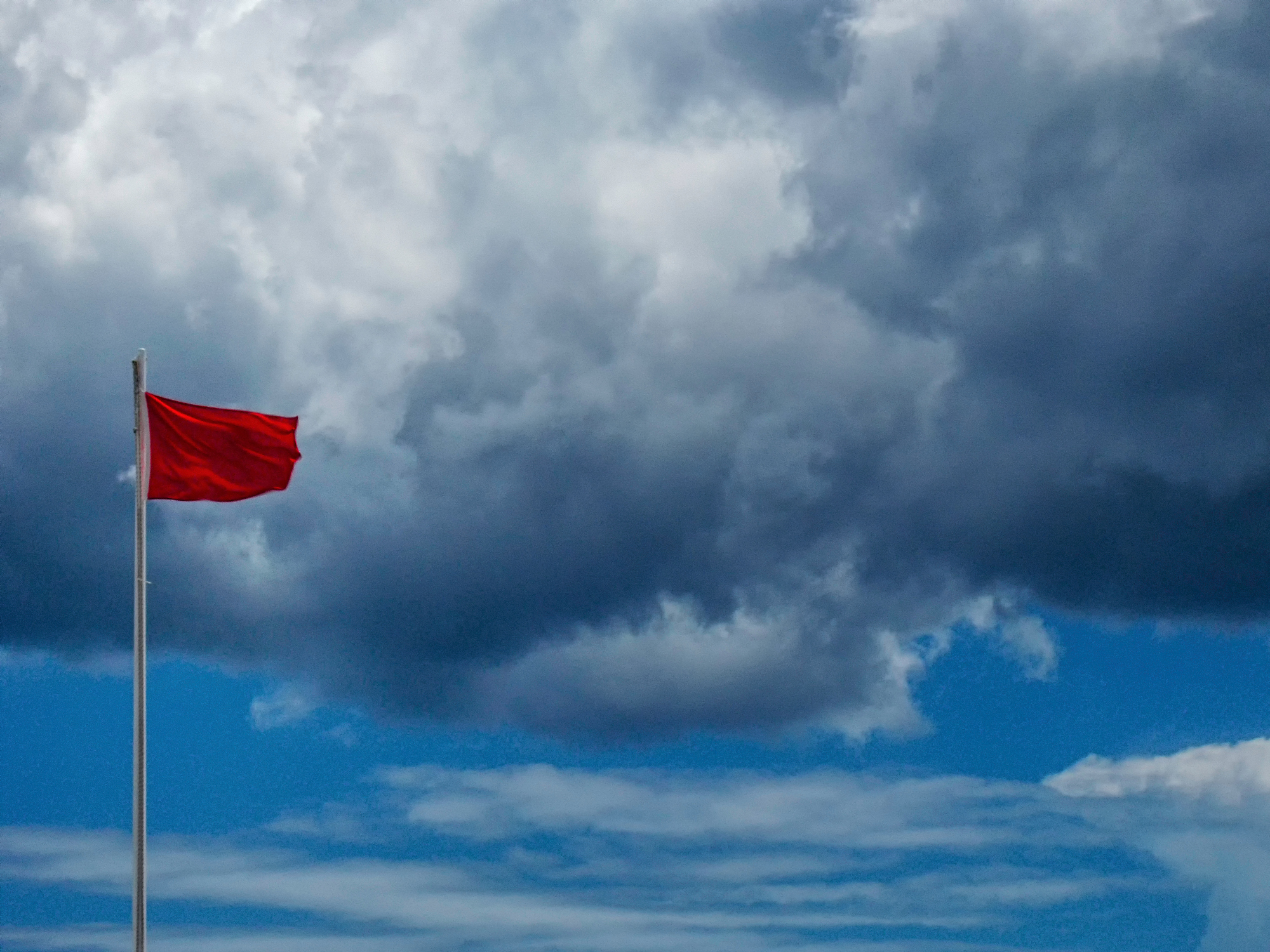San Diegans will get a chance to experience a celestial phenomenon -- at least in part -- when an annular solar eclipse known as the "Ring of Fire" crosses the globe this week.
Tens of millions of skywatchers will get to experience the annular eclipse -- when the moon crosses in front of the sun at a distance that gives it a "ring" effect -- on Oct. 14, 2023. Here in San Diego, the sun will only be about 70% obscured by the sun -- but there will still be opportunities to experience the marvel, and astronomers say it's worth checking out.
Here's what to know about the cosmic event, including some happenings around the county.
What is an annular solar eclipse?
Get top local stories in San Diego delivered to you every morning. Sign up for NBC San Diego's News Headlines newsletter.

Here's where to find free solar eclipse-viewing glasses in San Diego County
A solar eclipse occurs when the moon passes between the Earth and the sun. There are total solar eclipses, where the sun completely blocks out the sun (The next one of those will happen on April 8, 2024). But in an annular solar eclipse, the moon is closer to Earth and doesn't fully block out the sun as it passes, creating a "ring of fire" effect around the darkness of the moon.
Local
Stargazers in 8 states will get the full effect of the annular eclipse while in San Diego, the moon will cross between the Earth and the sun at an angle that obscures about 70% of the sun, creating a partial annular solar eclipse. The next annular eclipse that's going to be visible from the contiguous United States isn't going to be until 2046, according to San Diego Fleet Science Center astronomer Dr. Lisa Will.
"So this is really your chance to see an annular eclipse for a couple of decades if you don't go chase it," Will said.
When the next total eclipse, the moon is closer to the Earth (larger in the sky) and blocks out the sun entirely. One of those will next happen on April 8, 2024. San Diego won't get the full effect of that one either. Here, about 50% of the moon will cover the sun.
What is the path of the eclipse?
The solar eclipse will create a path of annularity (in some cases referred to as the path of totality) about 125 miles wide and those in the path will get the full effect of the "ring of fire." The path of annularity will go through North, Central and South America. In the United States, the solar eclipse will pass from the northwest to the southeast, passing through Oregon, Nevada, Utah, New Mexico and Texas.
"The path of totality is extremely narrow," Will said. "And so the only people that are going to be able to see this eclipse on Saturday are going to be people pretty much in North America for the most part."
Can't see it? NASA will provide a livestream of the eclipse.
How long will the eclipse last?
In San Diego, it'll take nearly three hours for the moon to fully cross the path of the sun. The window to view the eclipse will be between 8:09 a.m. to 10:52 a.m.
While we'll never get a true "period of totality" in San Diego, the eclipse will reach maximum coverage of about 70% at about 9:26 a.m.
The period of totality refers to the time during a total eclipse when the moon completely obscures the sun. The period of totality is usually brief, lasting just a few minutes.
How to safely watch a solar eclipse
It is never safe to look directly into the sun, even if it's partially obscured. Anyone watching an annular eclipse must wear eclipse glasses at all times if facing the sun, or must use an alternate indirect method, NASA says.
Solar eclipse glasses "actually have a mylar film that makes it safe to look through them and look up at the sun," Will said. "As much as we want you to go look out at the eclipse, make sure you do so safely, Will said. "We just don't want you to hurt your eyes."
If you're viewing the eclipse through a telescope, you must have a solar filter attachment.
You can also use projection by filtering sunlight through a small hole or aperture and then looking at the sunlight's shadow on the ground or a wall, Will said.
Learn more about eye safety during solar eclipses on NASA's website.
Where can I watch the annular eclipse?
If you can see the sun, you can see the annular eclipse, but don't forget your safety glasses, Will said.
Several locations across San Diego County are also hosting free events and will dole out glasses or help you build your own viewing tools for the eclipse. Will herself will be at the Fleet Science Center for a viewing party.
"We're going to be starting events outside at 8:00 a.m., near the fountain that's in between the Fleet Science Center and the Natural History Museum," Will said. "I like sharing them with the public because the kids get excited, people get excited. There's always going to be somebody who's never seen an eclipse before, and it's fun to teach them how it happens."
Here are a few events happening in San Diego County:
🌘 The Fleet Science Center
Join the San Diego Fleet Science Center for a viewing party in the heart of Balboa Park (near the fountain) and receive a free pair of NASA 3-D eclipse classes.
🌘 San Diego Public Library
Several branches of the San Diego Public Library are hosting free events for guests to experience the partial annular eclipse. In Linda Vista (2160 Ulric St., San Diego), attendees can create their own eclipse viewers and get a Moon Pie desert while supplies last between 9:30 to 11 a.m. The Mission Hills/Hillcrest branch library (215 W. Washington Street, San Diego) will have special glasses for viewing and crafts for attendees. Post-eclipse, elementary-age students can learn about the moon-sun system. During the 2-4 p.m. session, guests can also create pin-hole cameras that can be used to view an eclipse. Register here.
Why are eclipses so exciting?
"There is actual interesting science that you can do during eclipses," Will said. "Eclipses have been a subject of humanity's interest for a long time. Especially, you can imagine what would happen if you felt the sun disappeared for a couple of minutes and you weren't expecting it. Now that we can predict it, they're less mysterious but still fascinating."



